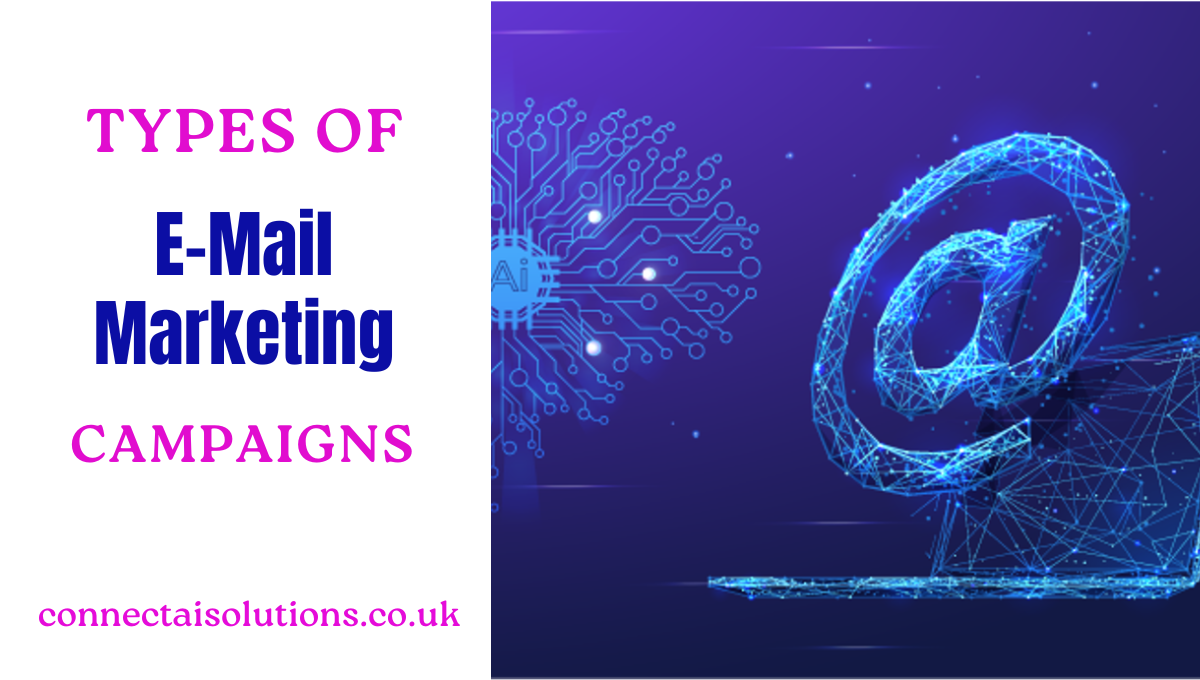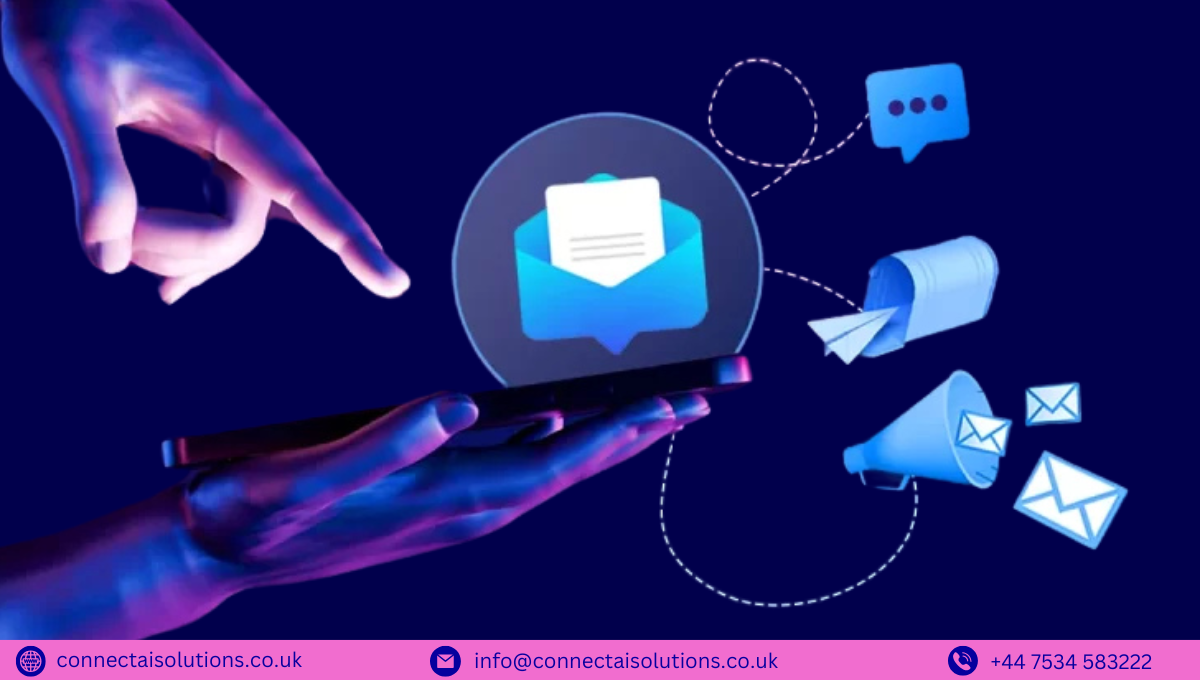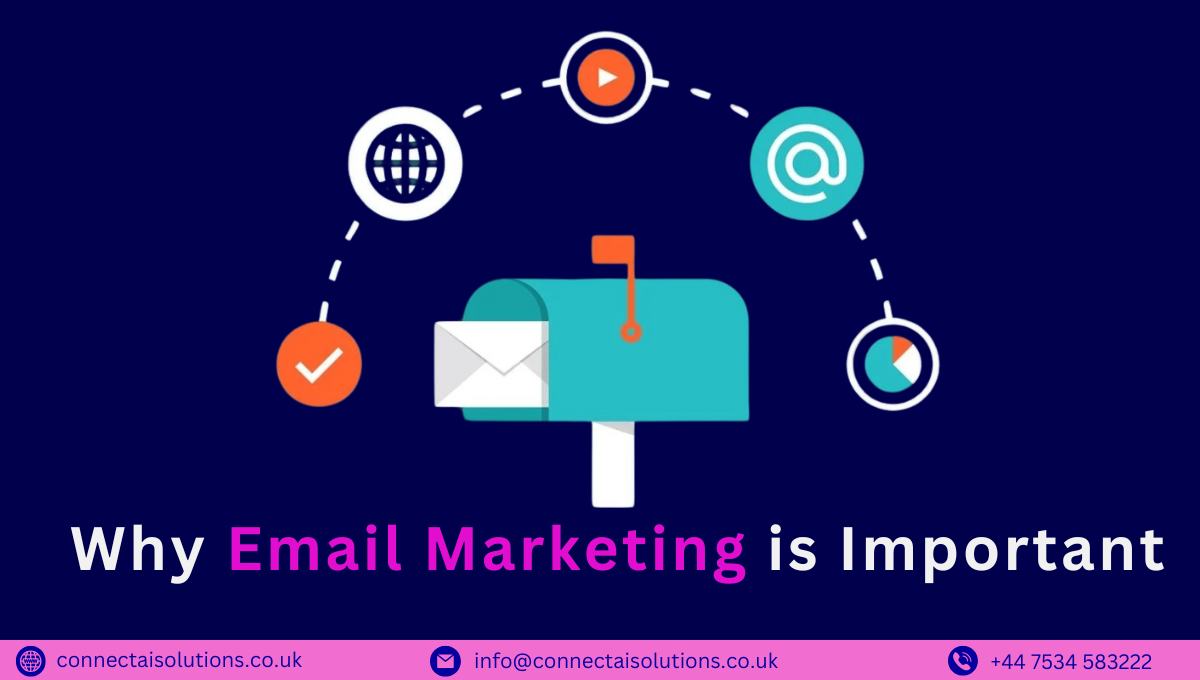Types Of Email Marketing

This article describes you briefly about the types of email marketing, and email marketing campaigns. So let us discuss it briefly. Every day, we receive a flood of emails, some from stores we forgot to unsubscribe from. Moreover, others are spam, and a few contain important information. With so many emails competing for attention, making yours stand out is crucial.
Email marketing is one of the most effective ways to promote your business. If you have not used email campaigns yet, now is the time to start. In this guide, we’ll explore types of email marketing, and how to create successful campaigns.
Types of Email Marketing
Before diving into campaign types, it’s important to understand the two main types of email marketing:
1. Inbound Email Marketing
Inbound email marketing is one of the types of email marketing. This strategy focuses on engaging existing subscribers who have signed up for emails by delivering relevant and timely content.
Businesses analyze customer behavior, such as past purchases, browsing history, and email interactions, to create personalized messages tailored to individual preferences.
This approach not only enhances engagement but also strengthens customer relationships, increases brand loyalty, and improves overall customer retention.
2. Outbound Email Marketing
This strategy targets a broader audience, including potential customers who haven’t subscribed to emails. It involves sending cold emails to introduce the brand, highlight its value, and capture interest.
By crafting compelling subject lines, personalized messaging, and clear calls to action. Businesses aim to raise brand awareness, generate leads, and convert prospects into customers.
Popular Types of Email Marketing Campaigns
There are many types of email marketing campaigns to choose from. Here are some of the most effective ones types of email marketing campaigns.

1. Welcome Email
Sent automatically when someone subscribes, a welcome email introduces the brand and sets expectations for future communications.
It helps establish a connection by sharing key information, such as brand values, product offerings, or customer benefits. To encourage engagement, it often includes a special offer, a discount, or valuable content, motivating new subscribers to take immediate action.
2. Special Offer Email
Promotional emails highlight discounts, sales, or limited-time deals to drive conversions. They create urgency with phrases like “Limited Time Offer” or “Hurry, Before It’s Gone!” to encourage immediate action.
These emails often feature eye-catching visuals, compelling CTAs, and personalized recommendations to maximize engagement and boost sales.
3. Survey Email
Survey emails are designed to collect customer feedback and insights, helping businesses understand customer preferences, pain points, and satisfaction levels.
They often include short, engaging surveys or rating scales to encourage participation. The gathered data is then used to enhance products, services, and overall customer experience.
4. Newsletter Email
Newsletter emails provide updates, industry news, and educational content to keep subscribers informed and engaged.
They help build brand loyalty by offering valuable insights, tips, and exclusive content that align with the audience’s interests. Consistent newsletters establish credibility and maintain a strong connection with subscribers.
5. Abandoned Cart Email
Abandoned cart emails remind customers about items they left in their cart, encouraging them to complete their purchase.
These emails often create a sense of urgency and may include incentives like discounts or free shipping to increase conversion rates. Personalized recommendations and social proof can also be used to reinforce the value of the products.
6. Thank You Email
Thank-you emails express gratitude after a purchase or sign-up, reinforcing a positive customer experience. They help build stronger relationships by making customers feel valued.
These emails can also include a discount or exclusive offer to encourage repeat purchases and long-term engagement.
7. Onboarding Email
Onboarding emails help new users get started with a product or service by offering step-by-step guidance, useful tips, and support resources.
These emails ensure a smooth experience, reducing confusion and increasing customer satisfaction. They may also include tutorials, FAQs, or links to customer support for additional help.
8. Promotional Email
Announcement emails inform subscribers about new products, upcoming sales, or special events. They use eye-catching visuals, compelling calls to action (CTAs), and engaging copy to capture attention and drive excitement.
These emails aim to generate interest and encourage immediate action, such as exploring a new collection or registering for an event.
9. Lead Nurturing Email
Nurture emails are designed to guide potential customers through the buying journey by providing valuable content, such as case studies, how-to guides, and industry insights.
These emails build trust, address pain points, and showcase how a product or service can meet the recipient’s needs, ultimately increasing the likelihood of conversion.
10. Sponsorship Email
Co-marketing emails feature a partner’s brand, product, or service in exchange for mutual exposure. These emails help businesses expand their reach to new audiences and leverage each other’s credibility. They drive engagement through shared promotions, exclusive deals, or collaborative content.
11. Transactional Email
Transactional emails confirm purchases, send receipts, and provide tracking details. They ensure customers stay informed about their orders, reinforcing trust through clear and timely communication. These emails may also include relevant product recommendations or support information to enhance the customer experience.
Why Email Marketing is Important

After discussing the types of email marketing, its turn to talk about the why email marketing is important. Email marketing is one of the most powerful tools for businesses. Here’s why:
1. Increases Brand Awareness
- Regularly appearing in subscribers’ inboxes keeps your brand top-of-mind.
- High-quality content encourages word-of-mouth promotion.
2. Boosts Customer Engagement
- Interactive and personalized emails build stronger connections with customers.
3. Drives Website Traffic
- Emails with valuable content encourage subscribers to visit your site.
- Clear CTAs lead to landing pages and product pages.
4. Generates High-Quality Leads
- Targeted emails attract potential buyers who are genuinely interested in your business.
5. Converts Leads into Sales
- Strategic email sequences guide prospects through the buying process.
- Well-crafted messages build trust and encourage purchases.
6. Increases Revenue
- Promotional and abandoned cart emails directly boost sales.
- Personalized offers encourage repeat purchases.
FAQs:
What are the four types of email marketing?
The four types of email marketing are given here as:
-
Retention Emails.
-
Promotional Emails.
-
Transactional email.
-
Email Newsletters.
What are the 5 steps of email marketing?
5 Steps to a Successful Email Marketing Campaign:
- Set clear goals and know your audience.
- Grow and manage a high-quality email list.
- Use personalization and automation.
- Make emails mobile-friendly.
- Track performance and improve.
Conclusion
I think the above information is a well amount of information that helps you to understand about the types of email marketing. Email marketing is a powerful and versatile tool for businesses. It allows you to connect with your audience, build relationships, and drive sales. The key to success is sending the right message at the right time. Keep testing and refining your strategy to see what works best for your audience.
Must Read: The Benefits of Chatbots for Businesses and Customers





